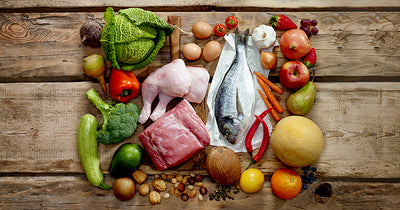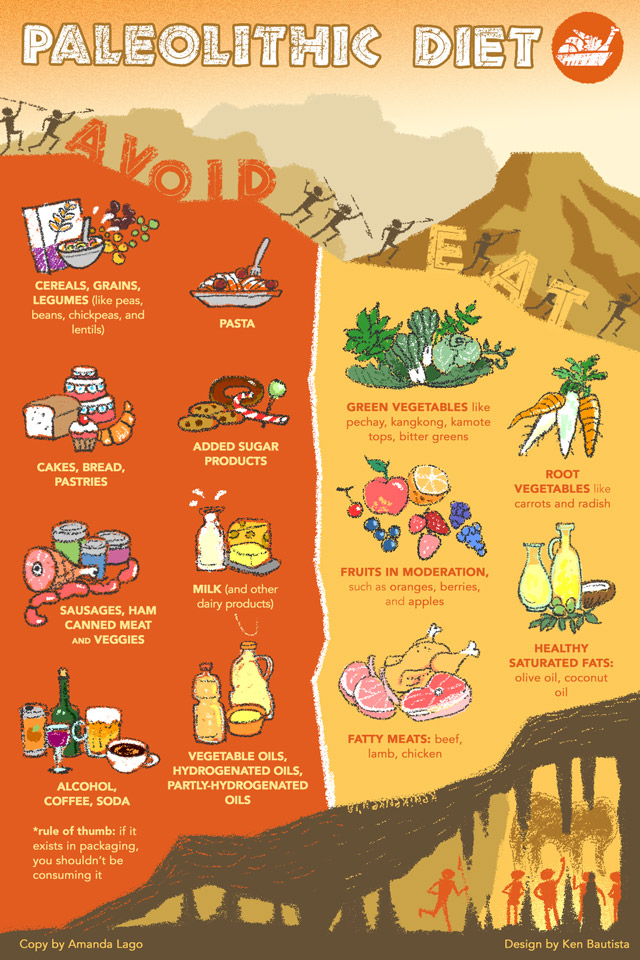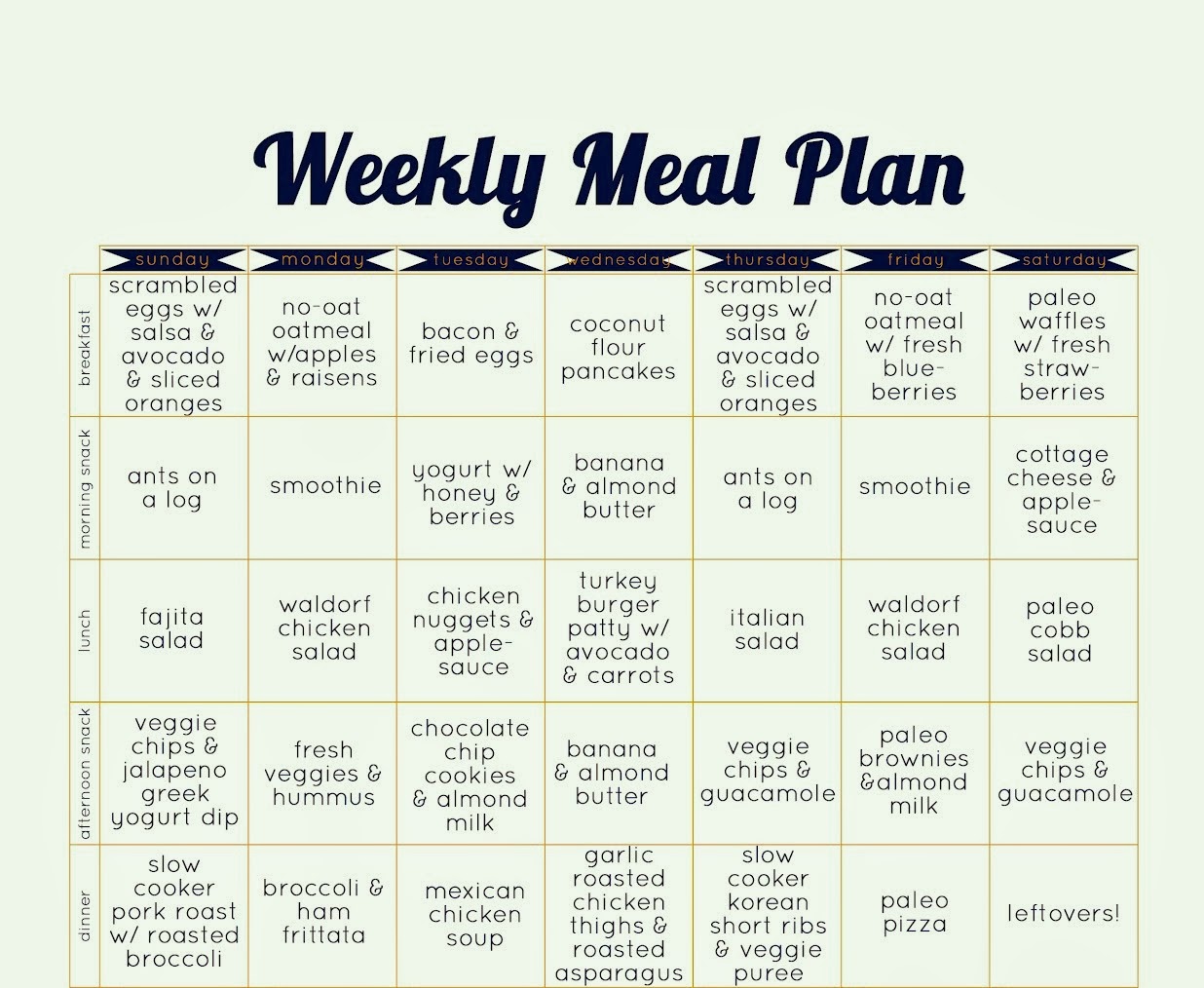
The paleo menu emphasizes eating foods our ancestors used to eat. This diet includes foods like bananas with almond butter and dried pumpkin seed. It is also filled with chicken, sweet potatoes, and vegetables. EatingWell supports certain foods even though the paleo diet might seem restrictive. Here, we'll discuss which ones you can eat while still maintaining a healthy diet.
Pola Makanan Paleolithic Manusia
Christina Warinner, Ph.D., studied pola makan manusia purba and mitos-mitos pola makanan paleolithic manusia in 2010. She says that manusia Paleolithic ate a lot of meat and consumed a lot of daging. This myth was widely believed by paleolithic people, but is now considered outdated and irrelevant.
Paleo diet, also known as "diet of the manusiagua", is a way for people to eat in a similar fashion to the food that manusiagua and men used to consume. In addition to improving their kesehatan, they help preserve their heritage. However, this diet is not for everyone. It is not for everyone, and is suited for only a limited number of people.
Two types of kelompokan make up the lukisan of Ramasokat: ceruk, and lukisan-gua. They were grown in the Sulawesi Tenggara area and Liabalano. The lukisan gua includes a variety of proteins, carbohydrate, and amino acids. These nutrients are essential for healthy living and can help us understand the subtleties of human evolution.

Modern humans have many advantages, but there are also some risks. People who consume foods high in nutrients, like those in the Paleolithic Era's Paleolithic Era are more likely to get diseases. A healthy diet will reduce your risk of developing diseases. And if you are interested in eating healthier, try the Clean Eating diet. These are the obvious benefits to eating clean: A diet low in fat can help your health. You won't get sick by overeating.
Paleolithic diet food list
The majority of processed food contains added sugars, vegetable oils and artificial sweeteners. This can have adverse effects on your health. The excess salt and refined sugars that are found in processed foods can lead to obesity. Heart disease can also be caused by high levels of salt. Vegetable oils can also be controversial. The American Heart Association suggests that safflower and corn oil replace canola. These oils contain high levels of omega-6 fatty acids.
Many commercial paleo diets prohibit dairy products, but others have stricter restrictions. Paleolithic diets allow certain foods, such as lean pork loin and roasted chicken with onion, carrot stuffing and steam broccoli. Other paleo diet plans allow little honey or maple syrup. Research on the health benefits of this diet is mixed.
The high levels of phytotic acid found in legumes is something paleo enthusiasts recommend you avoid. These substances prevent the absorption and utilization of essential minerals. These substances are allowed in certain situations. Although it can be tempting for some to eat legumes or potatoes, it is not advised to do this as often as with other processed foods. You should instead include lots of fruits, vegetables and other healthy foods in your daily meals.
Guidelines for eating a paleolithic lifestyle
The Guidelines for Eating a Paleolithic Diet are very different from the typical modern diet, but they are both based on the same principles. The Paleolithic diet primarily consisted of animal products. But it's also rich in plant foods, so there aren't many limitations. It is important to remember that your genetic makeup may not allow you to eat this diet. Additionally, the increased meat consumption may be detrimental to your health. If you think that you might benefit from a Paleolithic diet, you should proceed with caution.

Paleolithic diets are known to exclude dairy products. You could be at risk for nutritional deficiency if you eliminate these key food groups. In particular, a lack of calcium in the diet can lead to tooth decay, and deficiency in this vital mineral may have detrimental effects on your bones and teeth. Calcium is also important for blood clotting, muscle contraction and other functions. Moreover, whole grains reduce the risk of heart disease, stroke, and type 2 diabetes. However, because grains were largely eliminated, you may find yourself at risk for calcium deficiency.
The guidelines for eating a Paleolithic diet have many specific tenets. It emphasizes eating healthy foods and nutrient-rich plants. It also limits processed foods. It is important that you follow the guidelines to ensure that you don't go overboard. Every person is unique and a paleolithic diet will be different. It is important for you to know that the Paleolithic Diet is based upon a lifestyle that was popular 10,000 to 12,000 Years ago.
FAQ
What are my options for learning about cooking?
Cooking classes are available throughout the country. Many schools offer courses in baking, pastry, and wine tasting. If you want to learn more about cooking, you can enroll in a class at a local community college or vocational school, or attend one offered by a private institution.
How do I become a Chef?
There are many paths to becoming a chef. Start by enrolling in a class at a vocational school or community college. Next, consider attending culinary school. Finally, you can take a paid internship.
Which is the best method to store leftovers?
Tupperware containers can be used to store leftovers. These containers keep foods fresh and prevent odors from forming. They also keep foods warm for longer. Frozen leftovers can be kept in freezer bags. To prevent air from escaping, freeze food in a bag. Once the food has frozen, you can transfer it to an airtight container like a zipper lock bag.
How Much Does it Cost to Learn Culinary Arts Skills?
Prices for studying culinary arts vary widely. For example, a four-year degree typically costs around $40,000. On the other hand, a two-year associate's degree may cost less than $5,000. Tuition costs vary depending on which program you choose. The prices charged by private institutions are generally higher than the public.
How do I get hired to cook?
A word of mouth referral can lead to a job as cook. You might be able to find out about a restaurant looking for additional staff through your family and friends. A lot of restaurants also advertise their openings on bulletin boards or websites.
Is there any special equipment that is required to cook?
It doesn't take any special equipment or tools to learn to cook. The best tools will make cooking more enjoyable. You could, for example, use a spoon to make pasta or a whisk to whip the egg whites into stiff peaks. The right tools make cooking easier and faster.
What are the requirements to become a chef?
To be a chef you need a bachelor's level in culinary arts. A series of tests must be passed by the ACF. A certificate will verify your qualifications once you have met all of these requirements.
Statistics
- You'll be amazed that over 90% of CIA students receive scholarships and grants to finish their culinary studies. (ischoolconnect.com)
- under 10 Kids have been taught that there is special food just for them, and Fiese says that 10 percent of kids will throw a tantrum if they don't get the food they want. (washingtonpost.com)
- According to the BLS, chefs earn $58,740 a year. (learnhowtobecome.org)
External Links
How To
How to cook a steak
The type of meat you are cooking will determine the right method to use. For example, thinner steaks are best cooked over low heat, while thicker ones need higher temperatures.
It's important to not overcook the steaks as they will lose their taste. Make sure to remove the steaks from the pan after it is done. This will help you avoid burning your skin.
Cooking times will vary depending on how large the steak is and what degree of doneness you desire. These are some guidelines:
Medium Rare: Cook until medium-rare, which is when the internal temperature reaches at least 145degF (63degC). This can take anywhere from 3 to 5 minutes per side.
Medium: Cook till medium. This takes approximately 6 minutes per side.
Good Cooking: Cook the meat until it is done. This means that the internal temperature reaches 180F (82C). This typically takes 8-12 minutes per side.